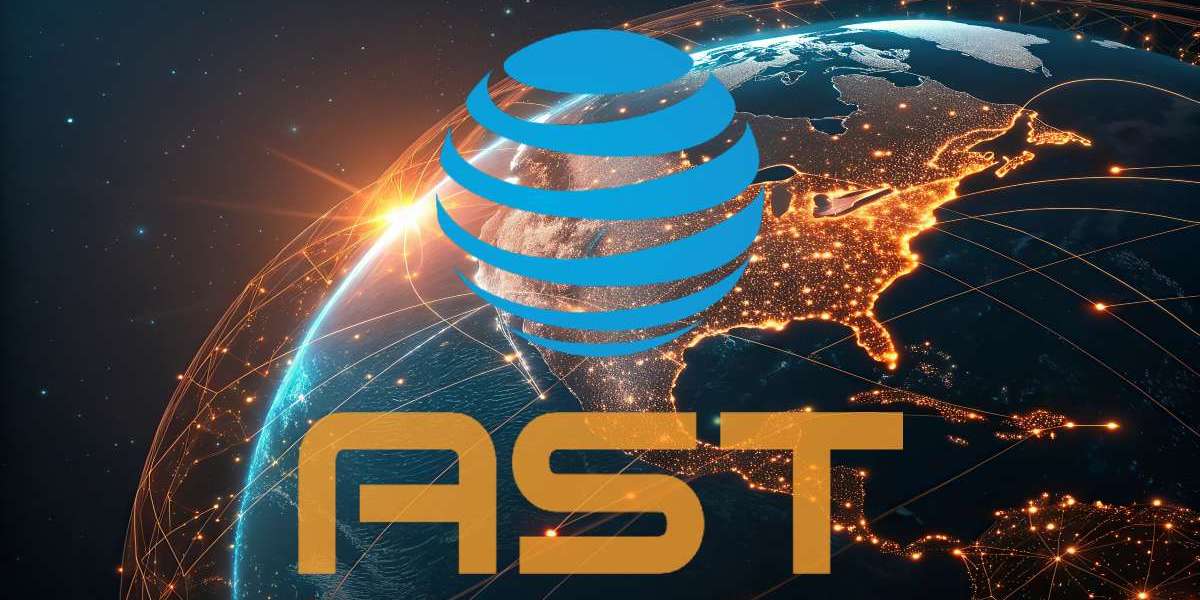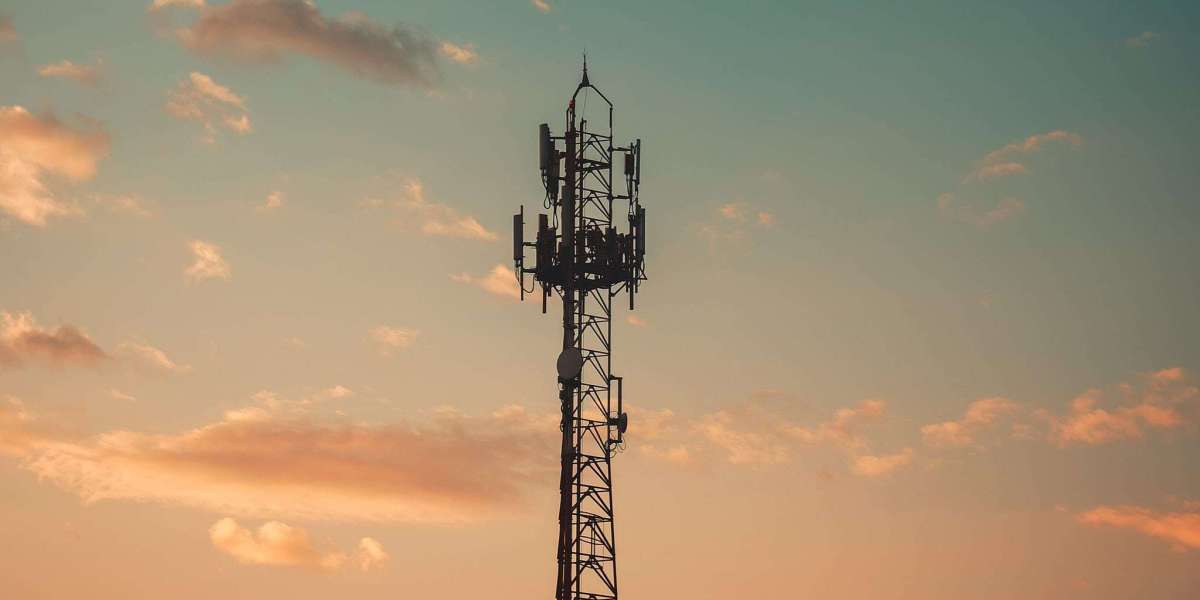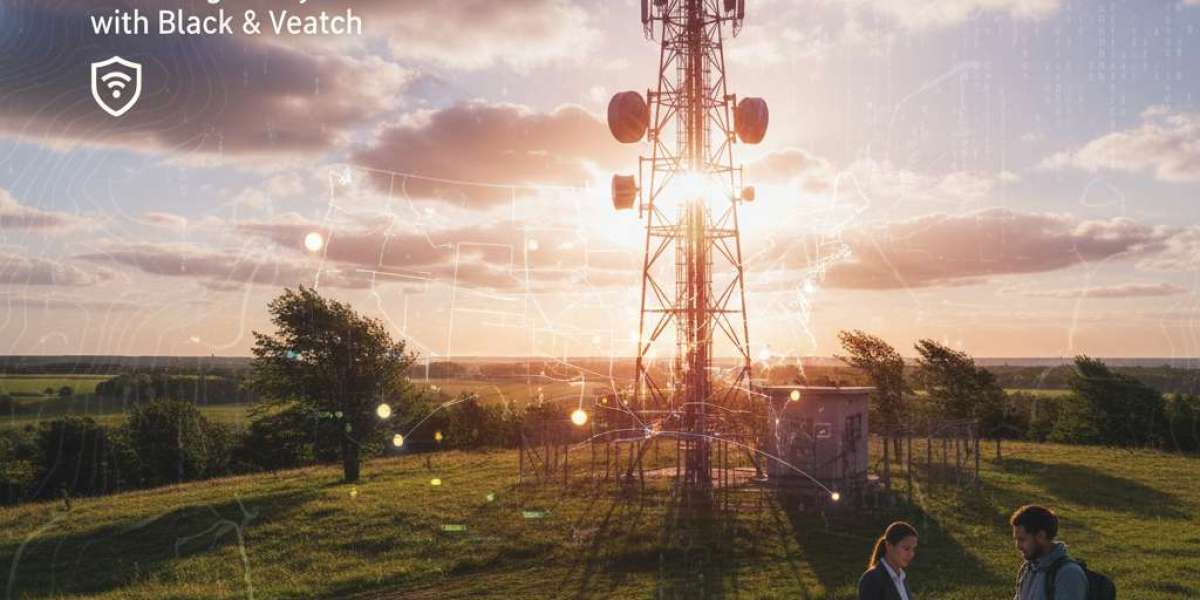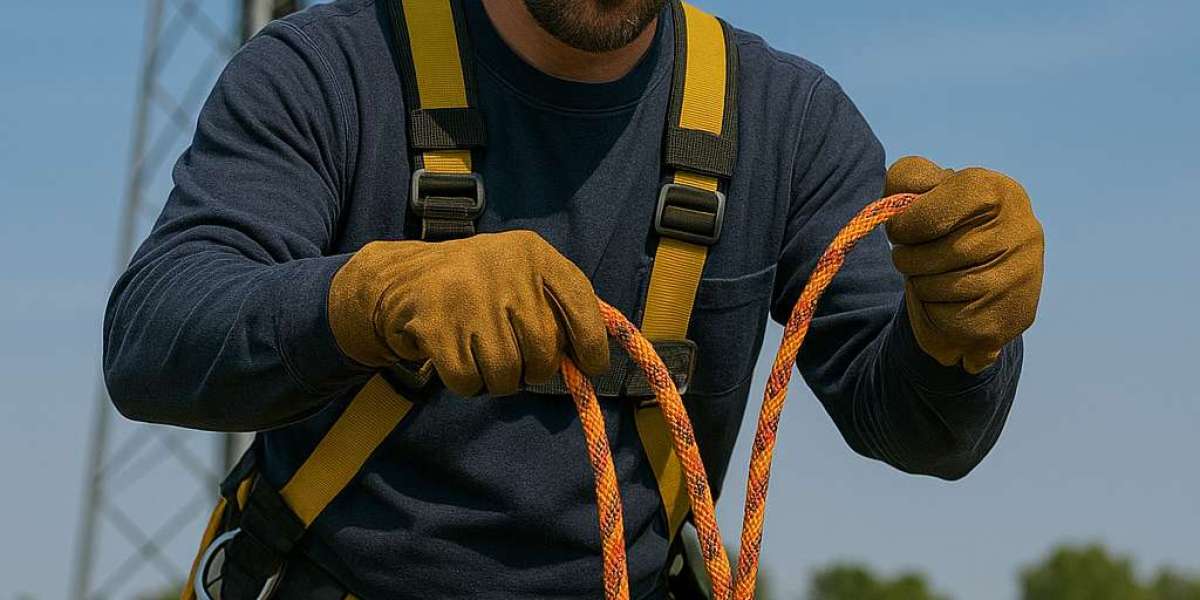As reported by RCRWireless News:
The call, made using AT&T's spectrum and core network, was conducted with a standard, unmodified cell phone, a significant leap forward in satellite communications.
This historic achievement uses AST’s Block 1 satellites and marks a shift away from traditional satellite communication models that rely on specialized hardware. Instead, this call used everyday mobile technology operating on commercial infrastructure—an important step towards closing the connectivity gap for remote and underserved regions worldwide.
The Importance of the First VoLTE and SMS Over Satellite
Why is this milestone so significant? Up until now, satellite communication for mobile services often relied on custom hardware or workarounds. The completion of a VoLTE call and SMS over satellite using standard devices, however, opens up new possibilities for universal mobile coverage, even in the most isolated parts of the world. AT&T’s use of its existing spectrum and commercial infrastructure makes this achievement a leap forward in expanding mobile service to areas that are often beyond the reach of traditional terrestrial networks.
AT&T's core network handled the call, signaling that future satellite-based communications could be integrated into current infrastructure without the need for specialized hardware or changes to existing devices. This technology could become the foundation for a global expansion of direct-to-device satellite services, enabling voice and text connectivity via satellites for millions of users.
A Collaborative Effort Between AT&T and AST SpaceMobile
The partnership between AT&T and AST SpaceMobile has been years in the making. In May 2024, the companies signed a definitive commercial agreement to offer direct-to-device satellite services through 2030. As part of the collaboration, Chris Sambar, AT&T’s Head of Network, also joined AST’s board of directors. Together, the companies are taking a big step toward making satellite-based communication a staple for consumers and businesses across the United States and beyond.
The companies’ joint efforts began to materialize when AST’s first commercial satellites, called BlueBirds, were launched in September 2024 from Cape Canaveral Space Force Station in Florida. These satellites started providing commercial direct-to-device (D2D) service across the U.S., paving the way for the industry’s future.
A Timeline of Satellite Communication Milestones
This breakthrough is part of a long string of advancements that began in 2023 and signals the growing capability of mobile satellite communications. Here’s a look at some of the major milestones that have led to this achievement:
April 2023: First two-way voice call over AT&T’s spectrum via satellite.
June 2023: First over-the-top video app call over satellite using AT&T’s spectrum.
September 2023: First direct-to-cellular 5G call via satellite.
January 2024: Successful testing of public safety capabilities with FirstNet.
February 2025: First-ever satellite video call using the BlueBird satellites.
These milestones have each played a pivotal role in proving the viability of satellite-based mobile services, moving from basic voice calls to video calls and even public safety applications. The achievement on July 21st now takes this effort a giant step further, marking a significant turning point in mobile communications.
A Growing Competition and the Future of Satellite Connectivity
This breakthrough by AT&T and AST SpaceMobile comes in the midst of growing competition from companies like Verizon, which has also been working on satellite integration for mobile services. Just a few months earlier, in February 2025, Verizon completed its own live NTN video call between a terrestrial network device and one connected via AST satellites. These developments show that we are fast approaching an era where everyday smartphones will be able to seamlessly communicate via satellite, even when they are outside the range of traditional cell towers.
This progress will not only help improve connectivity in remote regions but will also provide enhanced resilience for public safety communications. With satellites acting as a new layer of connectivity, emergency responders, businesses, and everyday users can expect more reliable service during crises, natural disasters, or in areas where ground-based networks are limited or unavailable.
The Road Ahead: Expanding Mobile Coverage
The journey toward global mobile coverage through satellite technology is far from over. In fact, this achievement signals that the next few years will see rapid advancements in satellite-powered mobile networks, bringing faster, more reliable communication to places previously unreachable.
AT&T, AST SpaceMobile, and other players in the telecom space are working hard to expand satellite networks, and we can expect to see further commercial satellite launches, more direct-to-device service offerings, and possibly even the rise of integrated 5G satellite networks.
As AT&T and AST SpaceMobile continue their mission to connect the unconnected, this landmark achievement provides a glimpse of a future where satellite communication is an essential and routine part of our daily lives. Stay tuned as space-based mobile services become an ever-more integral part of global communication.







